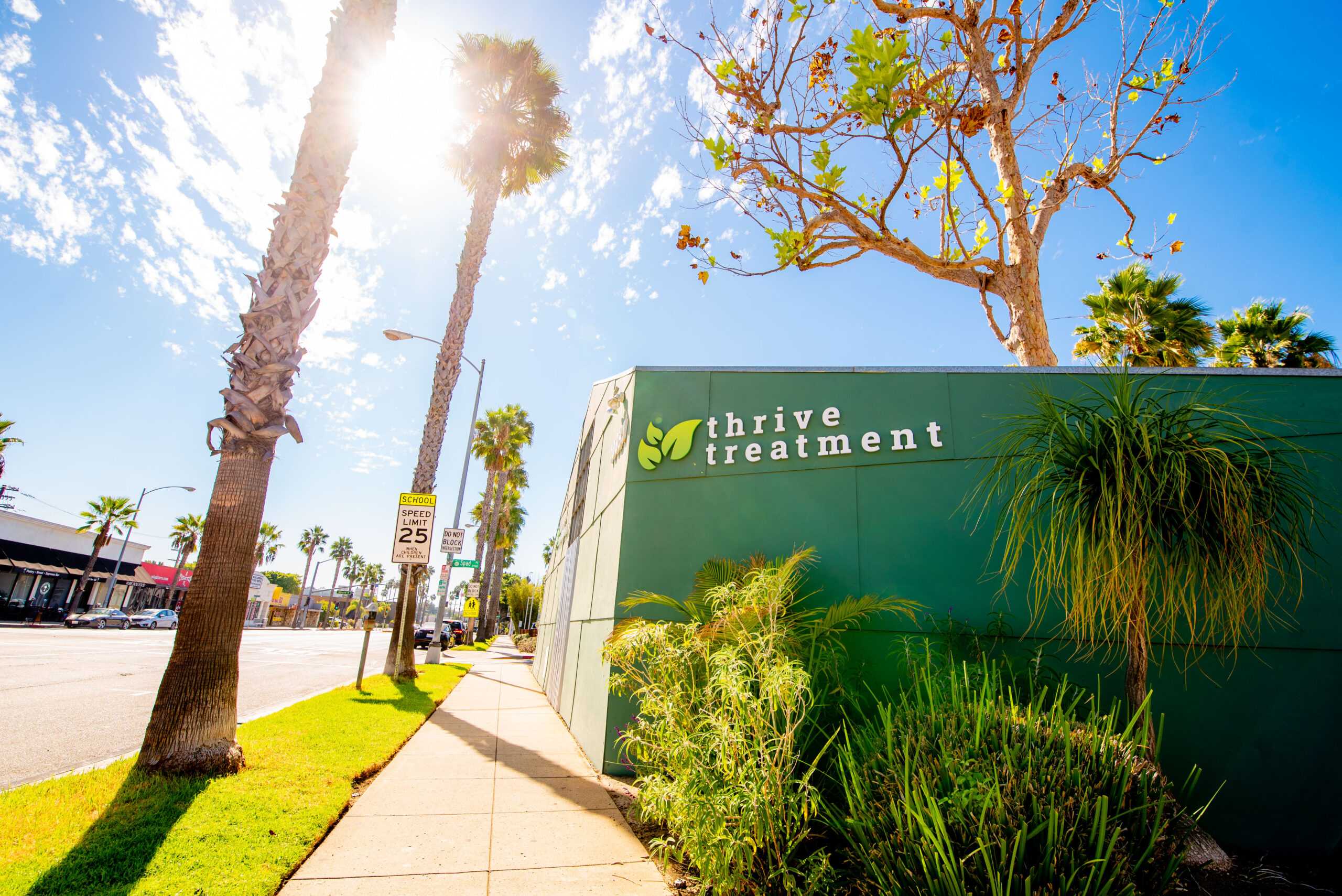What is EMDR?
EMDR stands for eye movement desensitization and reprocessing and is a form of psychotherapy used to treat an array of mental health issues. This form of treatment was originally used for those with intense distress and traumatic memories. EMDR allows people to heal from severe emotional pain by changing the brains information processing system. Imagine that someone get’s shot and there is a bullet somewhere inside their body. The body will not fully heal until the object is removed from the body. Once the bullet is removed from the body, the body is fully able to heal. This is similar to the brain and trauma. If an individual experiences intense trauma such as witnessing or experiencing a severe car accident, the brain can experience a similar blockage like a foreign object in the body. EMDR allows individuals to reprocess trauma in a more adaptive way that is not so crippling through rapid, rhythmic eye movements. These eye movements diminish the level of emotion associated with the traumatic memories. EMDR must be facilitated by a trained and certified mental health professional.
How does it work?
This process can be hard to understand however it is common knowledge that the brain cannot process information sufficiently when someone is very upset or under emotional stress. For example, someone who was assaulted will undergo the same level of stress, feeling like they are reliving the event when remembering the experience. These memories, if not reprocessed and worked through, can have life altering affects like panic attacks. In EMDR, a trained professional will direct lateral eye movements, along with stimulus like sound tapping, while resurfacing the traumatic event. Normal information processing is resumed while creating new associations with the memory that are not as upsetting. Three different treatment effects are used in EMDR to ensure the most success. Attention is called on the past, present and future by accessing the painful past event, the current events that cause distress, and the future skills needed for improvement. EMDR is usually broken down into an eight phase treatment approach. Phase one includes discussing the client’s history in which the therapist then develops a treatment plan. Treatment usually only lasts no longer than five hours however depending on the level of trauma, treatment may need to be a longer process. Phase two consists of the therapist providing the client with a variety of healthy ways to handle distress. Phase three through six focuses on taking the stressful event and identifying the visual memory of the event, a negative belief associated with the event and any emotions and physical sensations associated with the event. The client rates the belief and emotions while the therapist facilities the bilateral eye movements. Once the client reports no distress when remembering the trauma, the therapist then helps the client identify a more positive belief to associate the situation with. In phase seven, the therapist instructs the client to journal and log any related experiences that arise and to practice utilizing the calming strategies that were discussed in previous sessions. The last phase, phase eight, consists of the therapist and the client discussing and reflecting on the progress made.
Who benefits from EMDR?
Anyone can benefit from EMDR, since most people have experienced some sort of trauma or a stressful event. Most research on EMDR has focused on those with PTSD however EMDR has also been known to treat those with panic attacks, eating disorders, anxiety, and addictions.
Resources:
To find out more visit- http://www.emdr.com/








